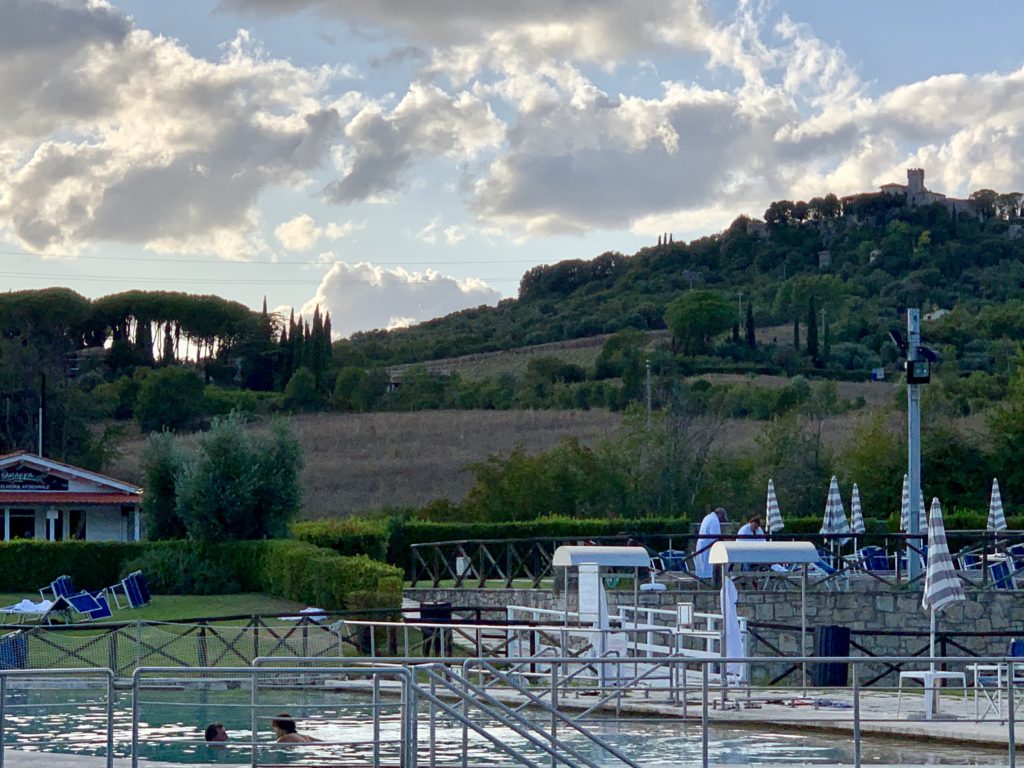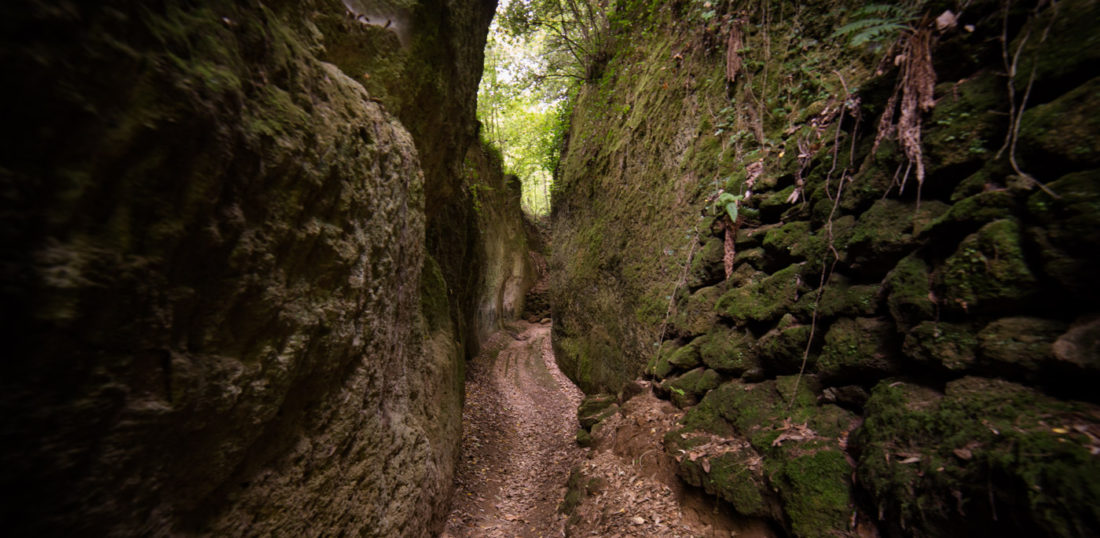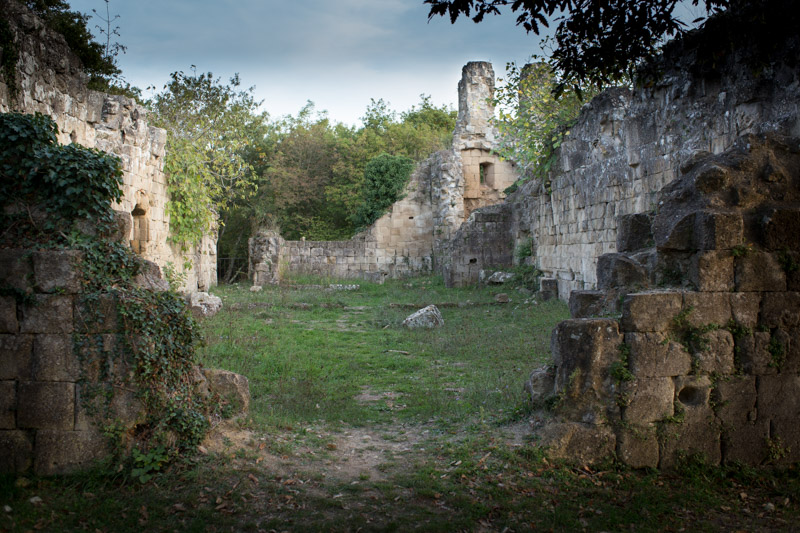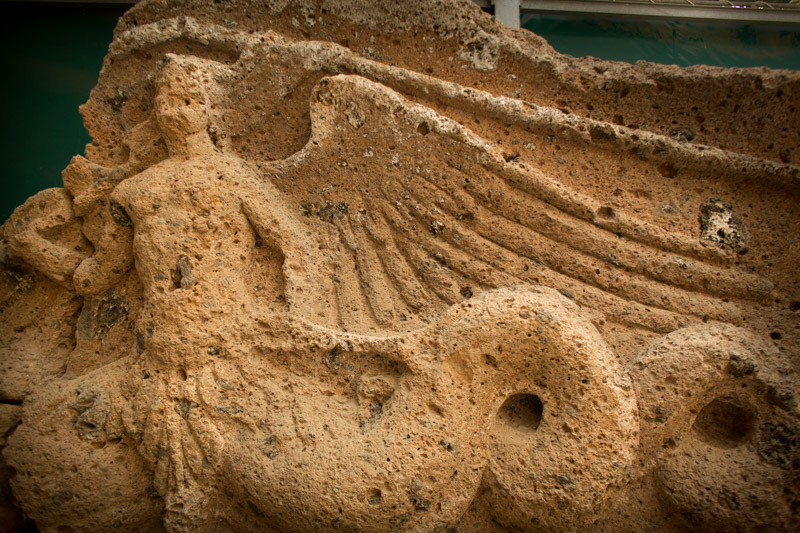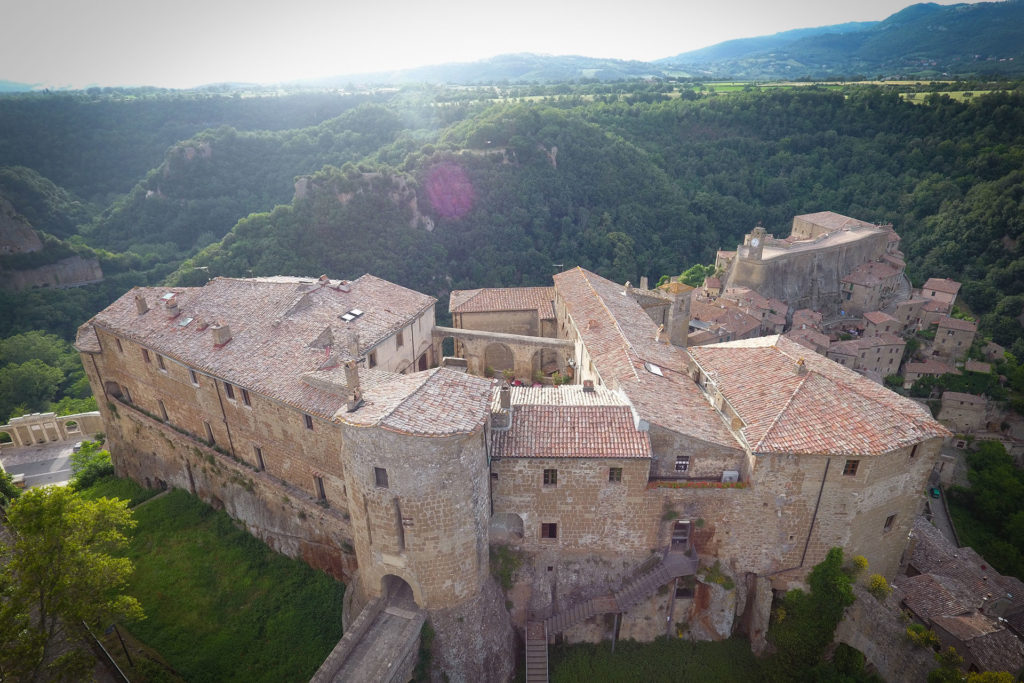Terme di Saturnia
It seems that at least once a week on social media I am seeing a photo of the rather otherworldly Terme di Saturnia. I wanted to see what it was really like and went during the fantastic Itch getaway to Sorano.
Just to get this out of the way, it is truly beautiful. This cascade, the Cascate del Mulino, is part of a large complex of hot springs. Hot, sulphurous water (99.5 degrees) is warmed by the volcano underneath and gushes from the earth at 800 liters per second, coursing down the hill into these perfect little pools. It’s free, unfenced, and always accessible.
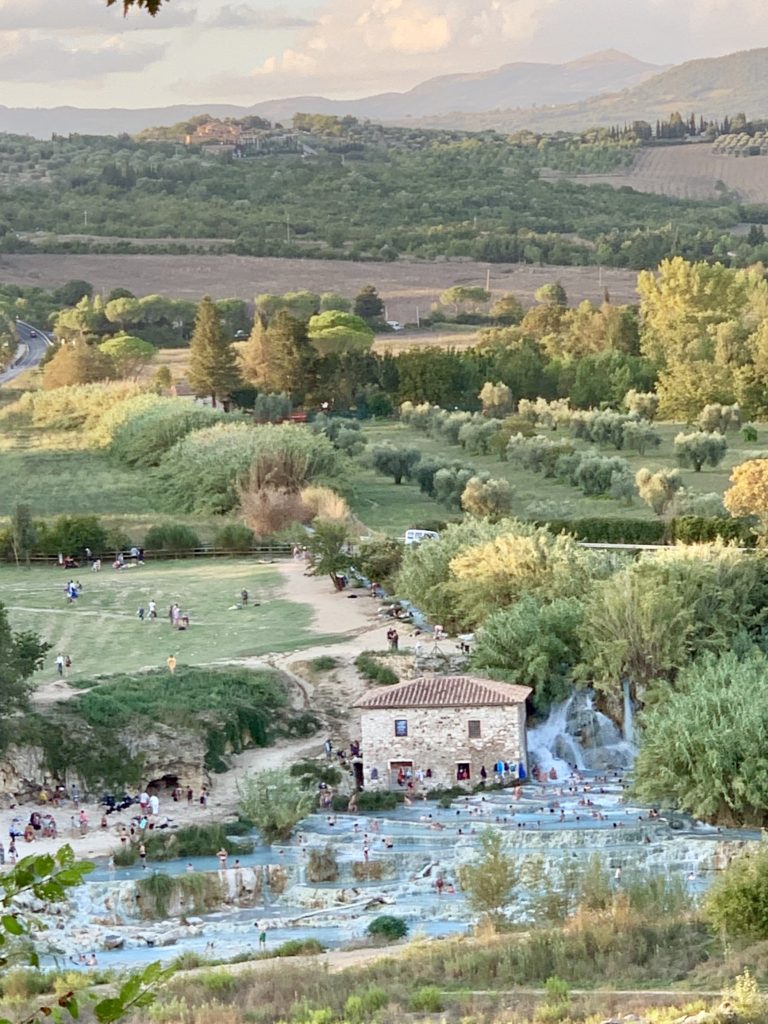
The downside is that you do have to come prepared. There’s nowhere to change but in your car, the pools and parking can get really crowded, water shoes are a good idea as the rocks get very slippery, and there are minimal food and facilities available, so it’s all very do it yourself.
We were wimps and came and explored around the pools and then headed further towards the source to the Spa and Golf Resort Terme di Saturnia to “take the waters.” I find the thermal spa culture in Italy fascinating and was eager to compare this to my prior experience at the Terme San Giovanni, among others. People of all ages and body shapes come, very intently going back and forth between linked swimming pools of different temperatures and scooping of handfuls of white sulphur and other minerals from the bottom of the pools to slather all over their bodies. Robes and slippers around the pools are a must. The Terme di Saturnia has just moved to a “Wellness Wears White” slogan (yeah, I know) and new policy dictating that all robes and towels have to be white (which they provide for an extra fee if you don’t bring your own). It’s a very, very Italian crowd and was a fantastic afternoon.
